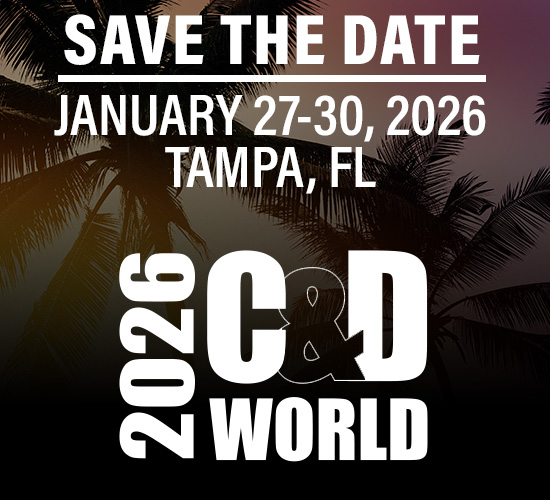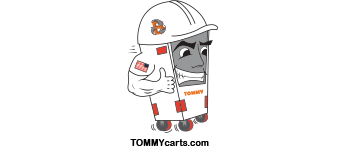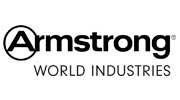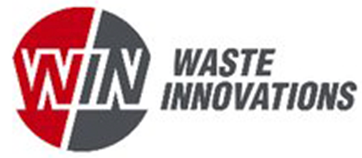Concrete Recycling PlantsPortable/Mobile/Stationary Recycling Plants The choice of one or several types of these recycling plants will be determined by the project. For example, is the project a redevelopment? Is there demolition onsite? Is the site a recycle center? Rest assured there is a recycling plant to fit the project. Mobile Recycling Plants This type of recycling plant can be moved to various locations economically. Track-mounted plants allow superior on-site mobility. Portable Recycling Plants Choosing the right crusher to be successful/profitable for a particular concrete recycling project depends on several factors. What goes into the crusher, what is used to feed it (loader or hoe) and what specification final product is needed determines the size, type, and capacity of the unit / units.
Portable crushers are mounted on rubber tired chassis, and towed to the site by truck. On site they are moved by loaders or tugs. Mobile crushers are carried to the site by truck and trailer, and have their own on-board drive system; typically track driven. These units move easily on sites where several moves are required. Stationary crushers are just that, they are permanently fixed to the ground. They are typically used in a recycling yard where all material is trucked to the site. Most recycling projects require the operator to produce a sized or specified end product with gradations that need to be met. The example below may help. Job Requirements - 30" minus concrete on a demo site to be reduced to 1-1/2" minus base material. Producing the desired product could be accomplished in several ways but in all cases the final product would have to be screened. Using a jaw crusher as a primary with a screen and a cone or impactor as a secondary (2 to 3 separate units) or an impactor with a screen mounted on a chassis used in closed circuit (1 or 2 units) could also be used. In either case the material not reduced to 1-1/2" minus would be returned to the crusher until it passed the 1-1/2" opening in the screen. The circuit should also have a magnet for steel removal. Contact a reputable manufacturer for information on their particular models. |
























